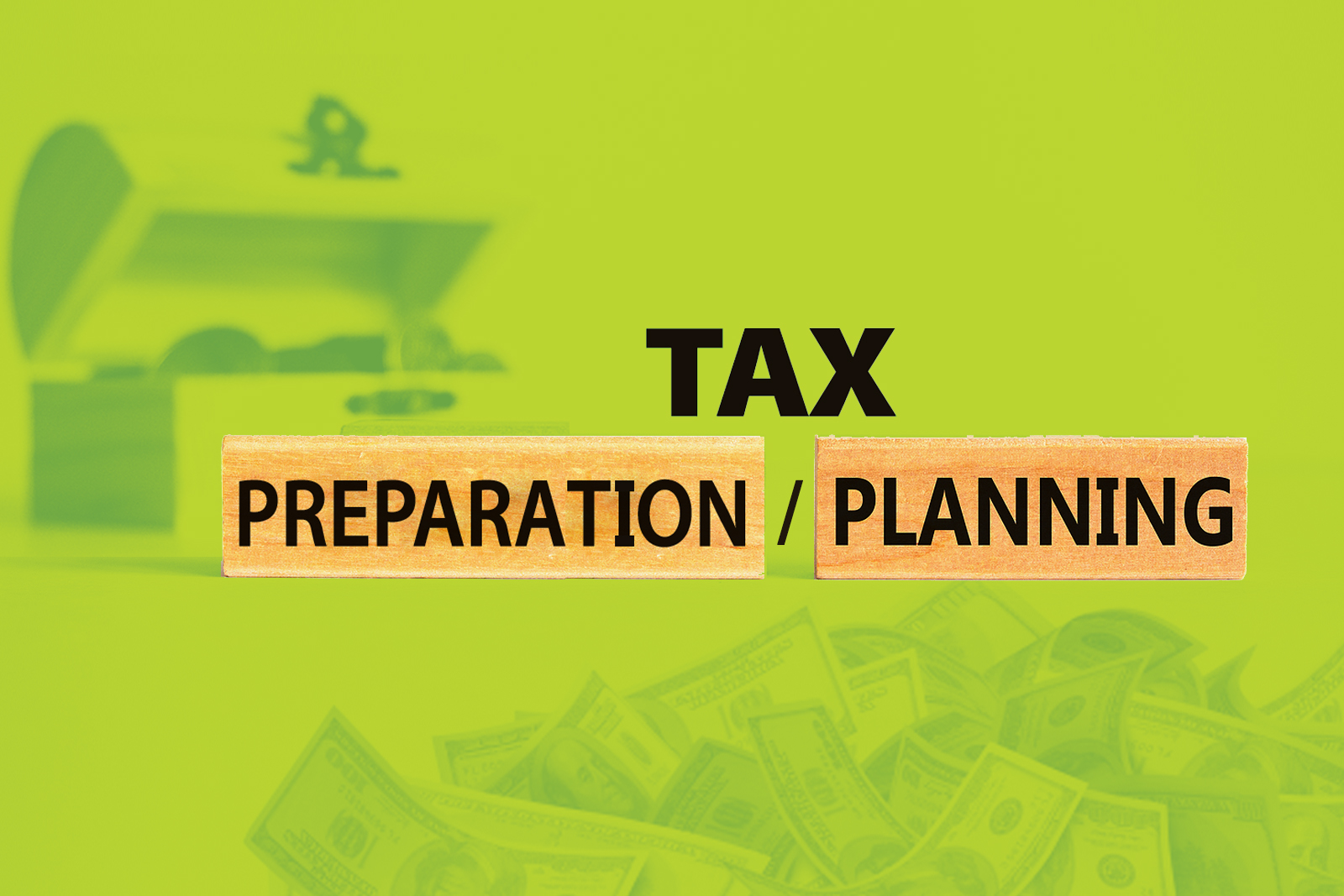By Dominique Molina, CPA MST CTS
Visit social media or google these days and you’ll most likely see advertisements for Tax Planning. But many taxpayers (and even tax pros) are confused about the differences between tax planning and tax preparation. In fact, the average taxpayer most likely believes they are already getting this service from their tax advisor.
This makes it difficult for Enrolled Agents or CPAs to explain the difference in services, and especially in some cases, to charge more for the separate engagements. In fact, some professionals mistakenly believe they already provide the service when they prepare a client’s return and object to billing this service as separate work.
Yet planning is such a valuable service. In fact, it is one of the few services we offer in the tax industry where we can actually calculate the precise value of our work. For example, if I develop a tax plan and create $15,000 per year in tax savings by recommending an alternative entity for a business, the value of that work is $15,000 per year.
Why is it impossible to do tax planning at the same time as you prepare a tax return? Simple. Tax planning is making shifts in a taxpayer’s financial and business situation to minimize their tax burden both in the short term and over time. This often requires working in advance, before the end of the year to identify and evaluate solutions and implement them.
Tax preparation, on the other hand, or compliance work, is recording the history of what actually occurred in the business. As you know, you can’t rewrite that history, we can only determine what a taxpayer does or does not qualify for. Since planning relies on making shifts to take advantage of tax breaks, it becomes impossible to do after-the-fact.
Tax planning could be as simple as recommending a family hire their kids to work in the business, or as complex as reducing taxes on a capital liquidation event. Ultimately, true planning looks at both current and subsequent tax years in addition to keeping an eye on the future with ongoing frequent discussions with clients throughout the year about their goals and wealth accumulation. It generally includes combinations of several strategies to achieve optimal tax minimization.
If tax planning is not possible to complete during compliance work, let’s examine 5 basic ways to minimize tax using the tax calculation.
Basics in Tax Reduction
There are hundreds of ways and countless combinations of tax breaks, loopholes and strategies to reduce individual and corporate tax. The majority of tax breaks exist for businesses. Even selecting the entity type itself can make a difference in how much tax is due. Therefore, effective tax reduction begins with an optimal entity plan.
Beyond entity selection and use, most tax strategies operate using the tax calculation itself. Once you know how the mechanics of each tax break work effectively, it is simply a matter of familiarizing yourself with each loophole. In my experience, I’ve broken down these mechanics into 4 steps.
The Tax Calculation
Since tax law functions based on the mathematics of tax, lets review how to calculate your tax liability.
Step One – Add
Whether calculating individual or corporate tax, you start at the top, adding all income together. It doesn’t really matter the source of the income, in fact, the IRS doesn’t generally judge ethics of the income, they just want their share.
Even illegally earned income is taxable. In fact, occasionally when federal prosecutors have difficulty proving a federal crime, they may have an easier time charging suspects for failing to report illegally obtained income. Hey – that’s how they got Al Capone, remember?
Total income also includes worldwide income. It doesn’t matter if you’ve got a rental property that you inherited from a relative in a foreign country. Americans are also required to pay tax on that as well.
Step Two – Subtract
Once you finish adding all your income for the year, you begin to subtract. The tax law prescribes certain expenses to be deductions against income that it otherwise taxable. A good example of that might be your mortgage interest or your health expenses. If you’re able to qualify under the law for any of those deductions, they act as a reducer to your tax bill.
Even if you don’t itemize your deductions, there are a handful of “Above the Line” deductions available to reduce taxable income. The key to using these are just to know what they are and how to qualify.
Step Three – Multiply
The result of this simple math gives a base of taxable income, and that is the number against which you multiply the applicable tax rate, providing your preliminary tax liability.
Step Four – Subtract Again
Finally, despite calculating the tax due, you’re given once last chance at slashing the amount. Tax Credits for which you may qualify are subtracted from your tentative tax to arrive at your total tax due. Tax credits differ from tax deductions in that they reduce your tax bill dollar for dollar.
Leveraging each step of the tax formula can be a powerful way to pay less in tax. Beginning with the first step of adding all income: moving income off of the tax return results in less tax, no matter what the rate is. Before you jump to conclusions and assume I am suggesting underreporting income, STOP right here for a discussion of ethics. Nothing I am suggesting has anything whatsoever to do with illegal or “gray areas” of tax law. In fact, there are many legal ways to move or “shift” income away from your tax return.
To learn more, read Part 2 of this article. To learn how to incorporate tax planning into YOUR practice, find out how to become a Certified Tax Planner.





